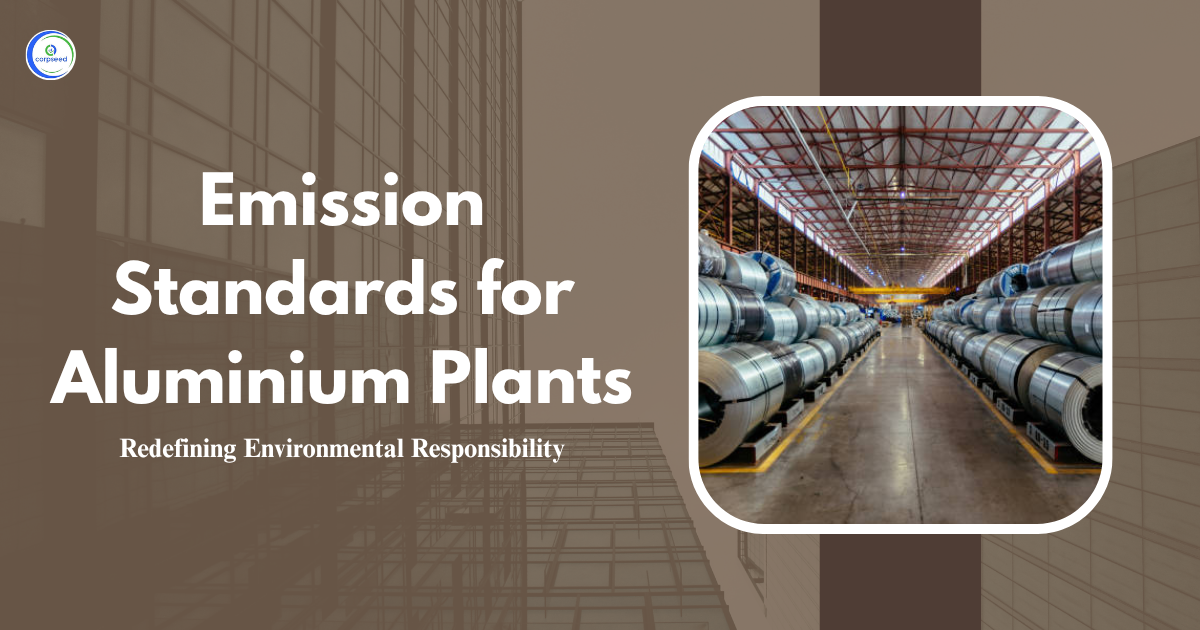The Plaster of Paris (POP) industry plays a crucial role in various sectors, including construction, art, and medical fields. However, like many industrial processes, its activities lead to environmental concerns, particularly related to air quality. To mitigate the environmental impact, emission standards are set to regulate pollutants released by the industry. These standards, framed under the Environment Protection Act of 1986, aim to control particulate matter emissions, fugitive emissions, and overall pollution from the Plaster of Paris industry. By adhering to these Plaster of Paris pollution emission guidelines, the industry contributes to sustainable practices while also ensuring compliance with national pollution control norms.
Table of Contents
--------------Blog Contact Form-------------
What is Plaster of Paris (POP)?
Plaster of Paris (POP) is a building material primarily used for casting molds, creating sculptures, and as a base for drywall in the construction industry. It is made from gypsum through a heating process that drives out moisture. When the gypsum powder is mixed with water, it forms a quick-setting paste that hardens upon drying.
The Plaster of Paris industry refers to the production of this material, which involves the calcination of gypsum, usually in rotary kilns or other heating devices. The process generates significant amounts of particulate emissions, including dust and gases, which contribute to air pollution if not properly controlled.
The demand for POP is ever-increasing due to its wide applications in construction, art, and medical sectors. However, its production processes emit pollutants, making the need for stringent environmental pollution control in the Plaster of Paris industry a top priority.
Need for Environmental Standards
With industrial growth, especially in countries like India, the environmental impact of manufacturing processes cannot be ignored. The Plaster of Paris industry contributes to air pollution through various emission sources. Among the pollutants emitted, particulate matter is a major concern as it affects air quality and can lead to serious health issues for humans and animals. To combat these issues, the Indian government, through Central Pollution Control Board (CPCB) and State Pollution Control Board (SPCB) has implemented strict emission standards under the Environment Protection Act 1986. The aim of these Plaster of Paris environmental standards is to limit the emission of harmful substances from industries and promote sustainability. These standards are designed to:
- Ensure cleaner air by regulating particulate emissions.
- Set clear guidelines for stack emissions and fugitive emissions.
- Promote environmentally responsible practices among industry players.
- Prevent long-term environmental degradation.
The Plaster of Paris industry pollution control ensures the production process complies with these standards and reduces its carbon footprint.
Emission Standards for Plaster of Paris Industry
The Plaster of Paris industry emission standards primarily target the particulate matter emissions and fugitive emissions from production units. According to the Environment Protection Rules 1986 (as amended in 2010), the standards vary depending on the production capacity of the facility.
Stack Emission Standards
These standards apply to emissions that come from stacks or chimneys. The height of the stack plays a critical role in reducing the concentration of pollutants in the air.
| S.No. | Industry | Parameter | Standards | |
| 104 | Plaster of Paris Industry | Stack Emission Standards | ||
| Production Capacity upto 30 tonnes per day (tpd) | ||||
| Source | Limiting concentration in mg/Nm3 | |||
| Particulate matter | Crusher | 500 | ||
| Calciner Furnace | 500 | |||
| Grinder | 150 | |||
| Production capacity above 30 tpd | ||||
| Particulate matter | Crusher/Calciner Furnace/Grinder | 150 | ||
Note:
- For units with a production capacity of up to 30 tonnes per day (tpd), emissions must be directed through a stack or chimney with a minimum height of 10 meters above the ground or 3 meters above the highest point of the building or shed, whichever is greater.
- For units with a production capacity exceeding 30 tpd, emissions must be channeled through a stack or chimney that is at least 30 meters above ground level or 3 meters above the highest point of the shed or building, whichever is more.
Fugitive Emission Standards
Fugitive emissions are unintentional emissions that escape into the environment during the manufacturing process. These are not released through stacks but from equipment leaks, handling processes, or open-air activities.
| S.No. | Industry | Parameter | Standards | |
| 104 | Plaster of Paris Industry | Particulate matter | 2000 | |
Note: Fugitive emissions must be monitored at a distance of 10 ± 1 meters from the source, regardless of the production capacity.
Load/Mass-Based Standards
In addition to the emission standards based on the concentration of pollutants, load/mass-based standards are set for particulate matter. These standards regulate the amount of particulate matter emitted per unit of finished product, ensuring that industrial activities are in line with sustainable environmental practices.
| S.No. | Industry | Parameter | Standards | |
| 9 | Plaster of Paris Industry | Production capacity (tonnes per day) | Quantum limit in/kg/tonne of finished product | |
| Particulate matter | less' than 30 | 4.0 | ||
| above 30 | 1.5 | |||
These standards ensure that particulate emissions from the Plaster of Paris industry are controlled based on the volume of production, further minimizing environmental impact.
Impact of Emission Standards on Environment
The implementation of emission standards for the Plaster of Paris (POP) industry has significant positive effects on the environment. Here’s how:
- Improved Air Quality: By regulating particulate matter emissions and controlling stack emissions, these standards help reduce air pollution in areas surrounding Plaster of Paris production units, leading to cleaner air.
- Health Benefits: Reducing emissions, especially fine particulate matter, minimizes the risk of respiratory issues, lung diseases, and cardiovascular conditions caused by air pollution, benefiting both workers and nearby communities.
- Prevention of Environmental Degradation: Effective pollution control measures prevent harmful substances from leaching into the soil and water, protecting local ecosystems from contamination.
- Promotion of Sustainable Practices: By adhering to Plaster of Paris industry emission standards, industries are encouraged to adopt cleaner technologies and efficient production processes, aligning with sustainable development goals.
- Regulatory Compliance: Following the CPCB and SPCB guidelines ensures that industries meet environmental norms, avoiding penalties and contributing to a more organized and regulated industrial landscape.
- Ecological Preservation: Reducing industrial emissions helps maintain biodiversity, supports ecological balance, and fosters long-term sustainability by preventing environmental harm. This leads to healthier ecosystems and a cleaner environment.
Conclusion
The Plaster of Paris industry plays a significant role in the economic development of several sectors. However, the environmental implications of its production processes cannot be ignored. Stringent Plaster of Paris pollution emission guidelines are essential to control the emission discharge regulations and ensure that air quality remains within acceptable limits. With the implementation of stack emission standards, fugitive emissions control, and mass-based pollution control, the industry can significantly reduce its impact on the environment. By adhering to the Plaster of Paris industry pollution norms under the Environment Protection Act 1986, the industry can move towards a more sustainable future, balancing production needs with environmental responsibility.
In the long run, the strict adherence to these standards will contribute not only to cleaner air but also to improved public health and a greener industrial landscape. With the ongoing efforts to monitor and control emissions, the Plaster of Paris industry pollution can be minimized, making it a vital player in the nation’s eco-friendly industrial growth.
This portion of the site is for informational purposes only. The content is not legal advice. The statements and opinions are the expression of author, not corpseed, and have not been evaluated by corpseed for accuracy, completeness, or changes in the law.
BOOK A FREE CONSULTATION
Get help from an experienced legal adviser. Schedule your consultation at a time that works for you and it's absolutely FREE.
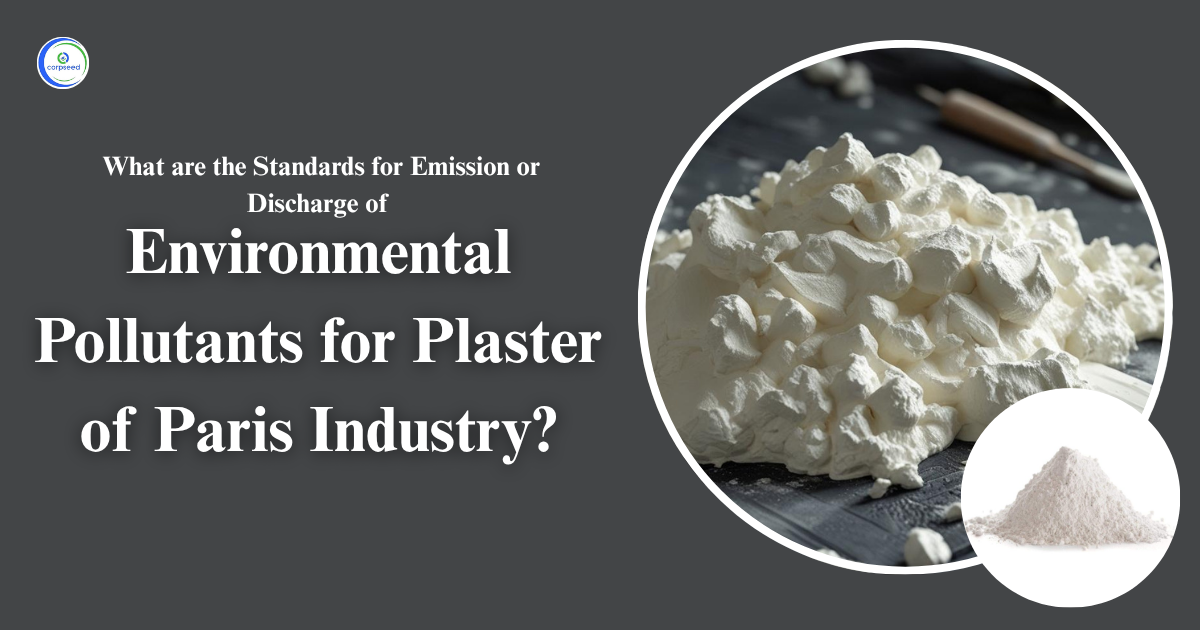

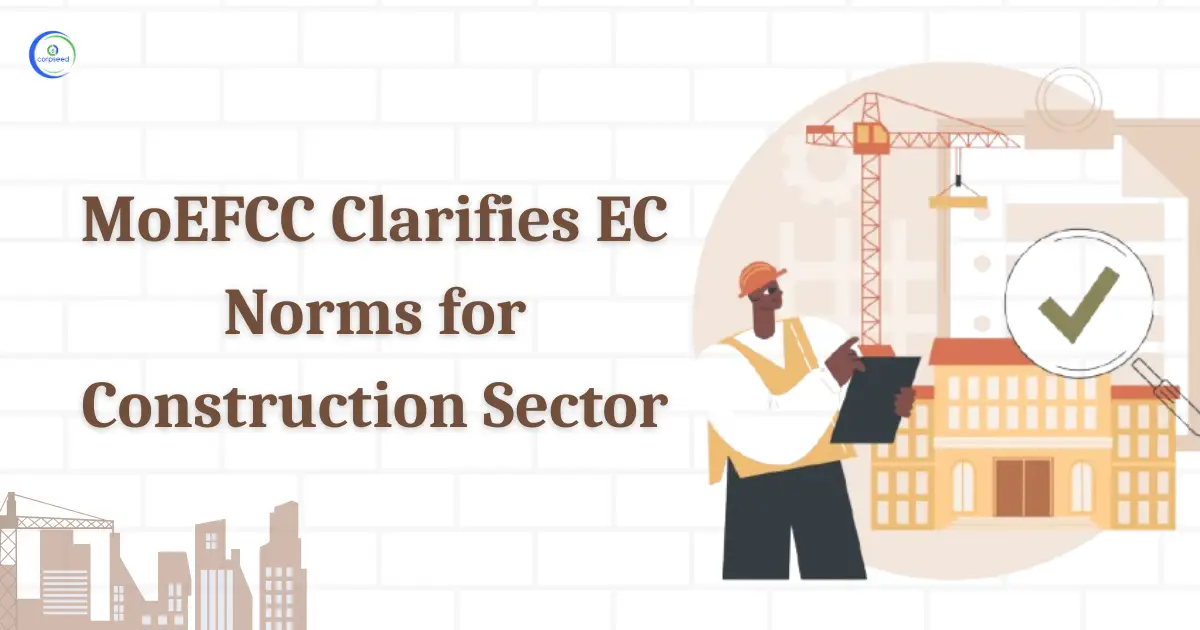
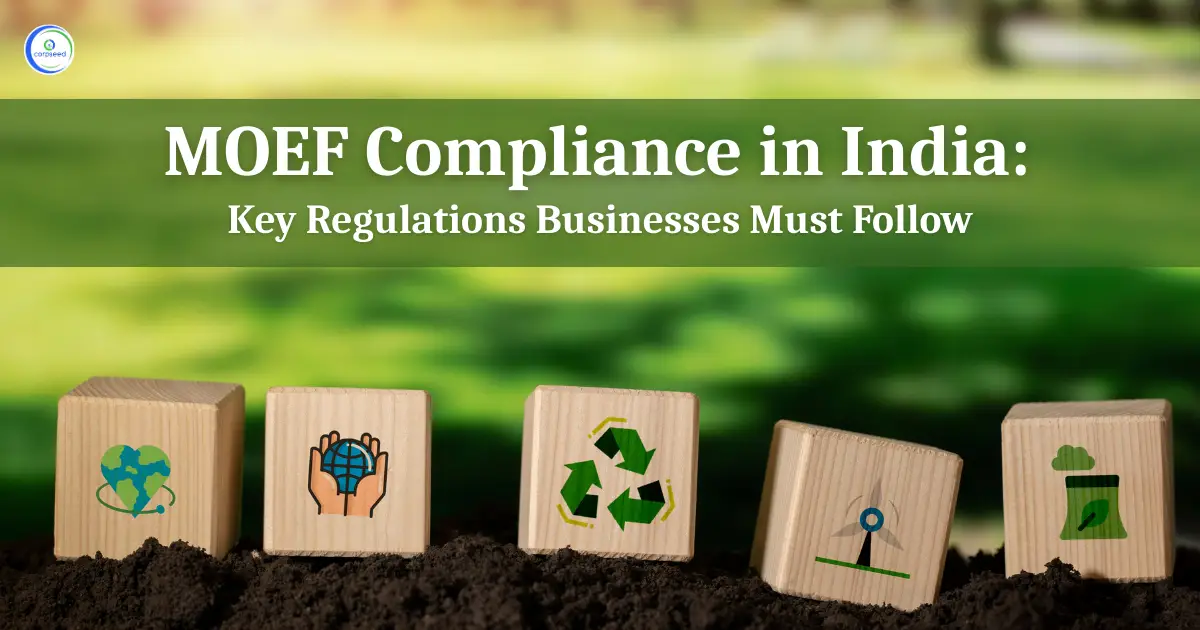

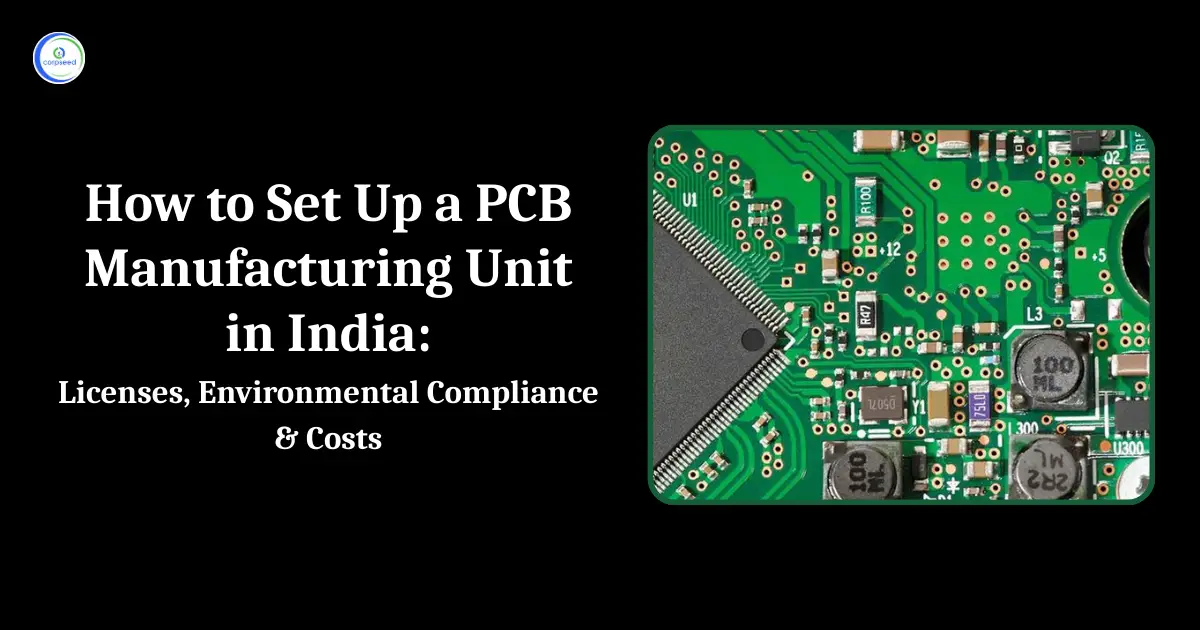
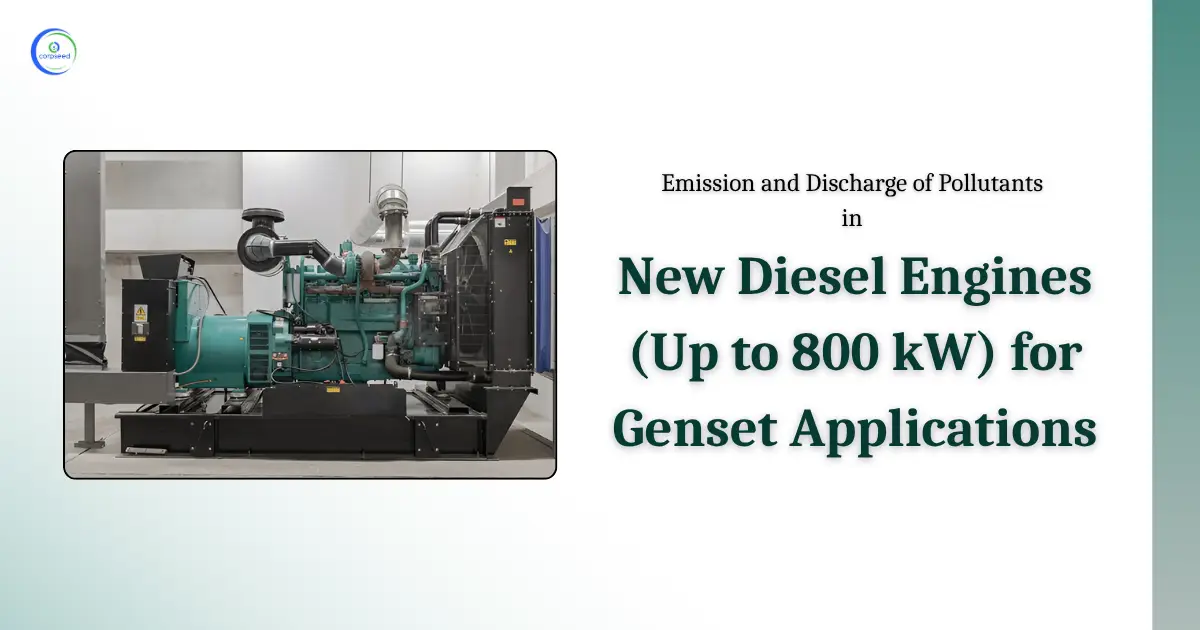
_Corpseed.webp)
.webp)
